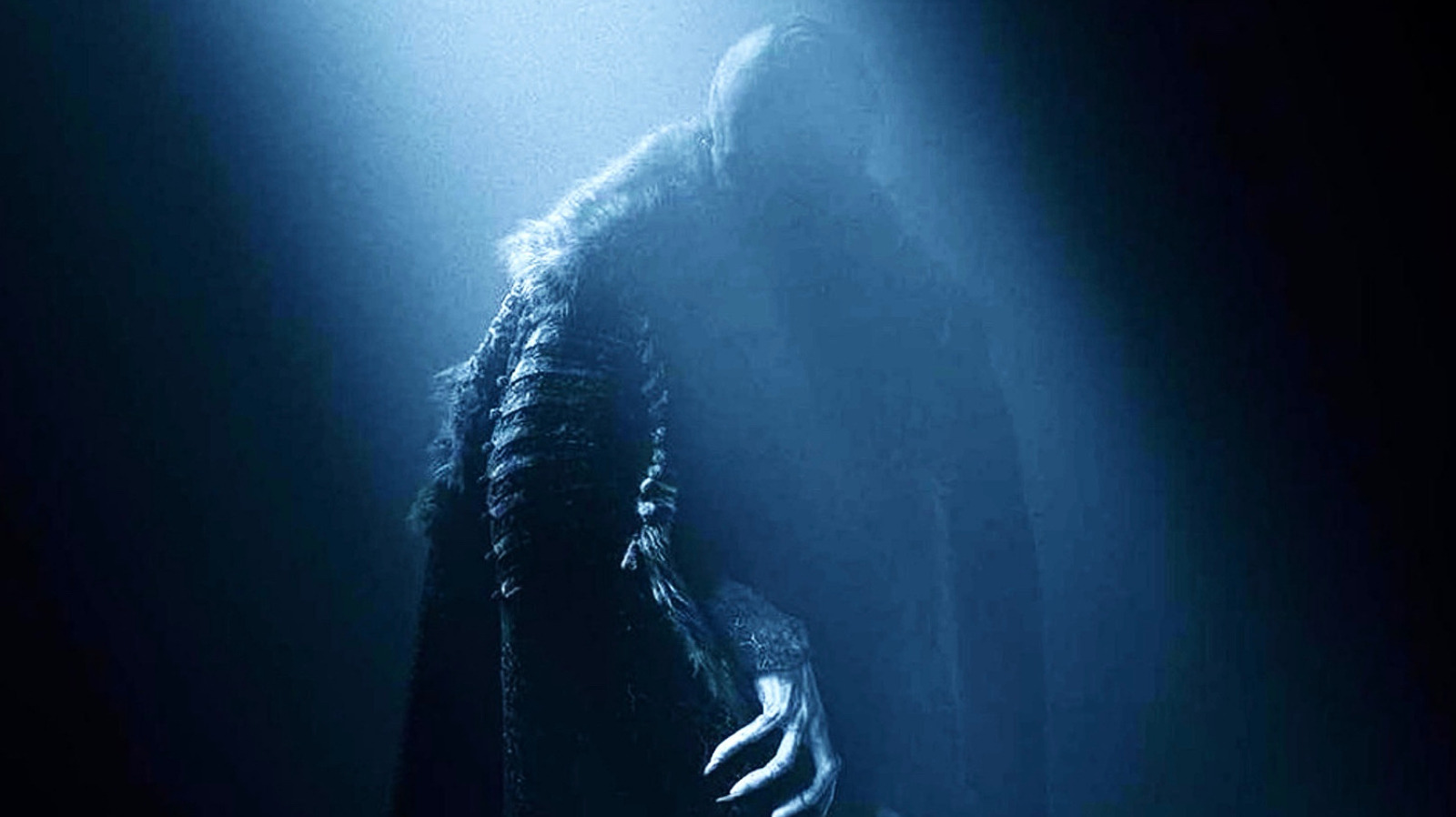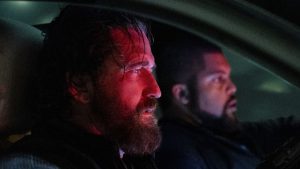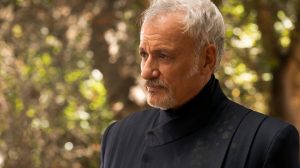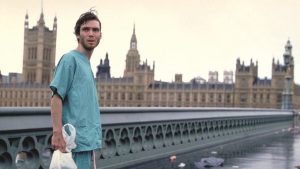
With the release of Robert Eggers’ “Nosferatu,” it’s clear that Bill Skarsgård possesses an extraordinary talent for embodying iconic horror movie figures. He has once again achieved a remarkable feat by stepping into the shoes of not just one, but two legendary film monsters. In 2017’s “It,” Skarsgård donned the greasepaint to portray Pennywise the Dancing Clown—a terrifying shape-shifter lurking in sewers and preying on children. This was no easy task, especially given that Tim Curry’s portrayal of the character in the 1990 TV miniseries had solidified its place in horror history. Fans questioned whether anyone could fill Curry’s shoes, given how deeply ingrained his performance had become in popular culture. Nevertheless, Skarsgård not only accepted the challenge but succeeded in redefining Pennywise for a new generation.
While I won’t engage in a debate over which performance reigns supreme, it’s important to highlight their distinctiveness. Curry’s Pennywise is a flamboyant showman, while Skarsgård presents a more unsettling and childlike interpretation—his physicalities, including an eerie voice pitch and drooling, add layers to the character. Today, if you ask someone to conjure an image of Pennywise, chances are they’ll envision Skarsgård’s rendition first, proving the skeptics wrong.
Now, with “Nosferatu,” Skarsgård faces an even greater challenge. Unlike his role as Pennywise, which was primarily about competing with Curry’s iconic performance, Orlok is a character that has been portrayed by multiple legendary actors. Max Schreck first brought Orlok to life in F.W. Murnau’s 1922 silent classic, and then Klaus Kinski reimagined the character in Werner Herzog’s 1979 “Nosferatu the Vampyre.” Adding to the mix, Willem Dafoe featured in the meta-horror film “Shadow of the Vampire,” portraying a fictionalized version of Schreck. Given this lineage of celebrated performances, Skarsgård has managed to reinterpret Orlok uniquely.
In Robert Eggers’ version, Skarsgård’s Count Orlok stands apart visually. Rather than replicate the well-known makeup styles, Eggers introduces a fresh interpretation. While past portrayals emphasized the monstrous and inhuman traits of Orlok, Skarsgård’s interpretation assumes the form of a corpse that has reanimated. His transformation includes waxy skin, decayed limbs, and eyes that seem to have sunken into his skull. Skarsgård himself was momentarily taken aback by his transformation, expressing concerns over whether he could convincingly breathe life into such a grotesque visage.
Eggers selected Skarsgård after witnessing his compelling performance as the human form of Pennywise in “It: Chapter Two.” Interestingly, Eggers believed that for Orlok to exude an aura of death while maintaining romance, the actor portraying him needed an underlying attractiveness. Skarsgård’s tall and lean physique was ideal for the eerie physicality Eggers sought.
While makeup plays a critical role in Skarsgård’s portrayal of Orlok, it’s his physical performance that encapsulates the character’s ancient essence. You truly feel the weight of death and decay emanating from him. However, it’s Skarsgård’s vocal transformation that completes the picture. Shifting away from the high-pitched tones of Pennywise, Skarsgård employs a deep, guttural voice that resonates powerfully. His dedication to achieving this sound was intense, as he recorded his voice hundreds of times in increasingly haunted settings.
Experiencing “Nosferatu” in a premium screening environment amplifies Skarsgård’s vocal nuances, creating an almost physical sensation in the audience. There’s a stark contrast between Skarsgård’s real voice and the menacing timbre he adopts for Orlok, showcasing his remarkable versatility.
Though Skarsgård may not wish to be typecast as the actor who reinterprets classic horror figures, the reality is that he has not only conquered this challenge once but has done so twice with astonishing success. “Nosferatu” is now playing in theaters.





